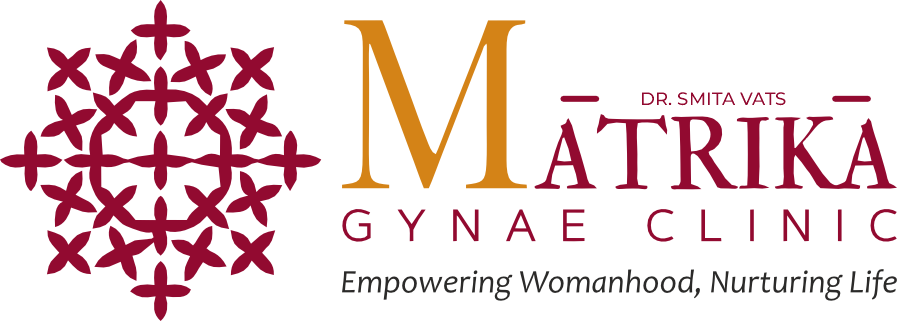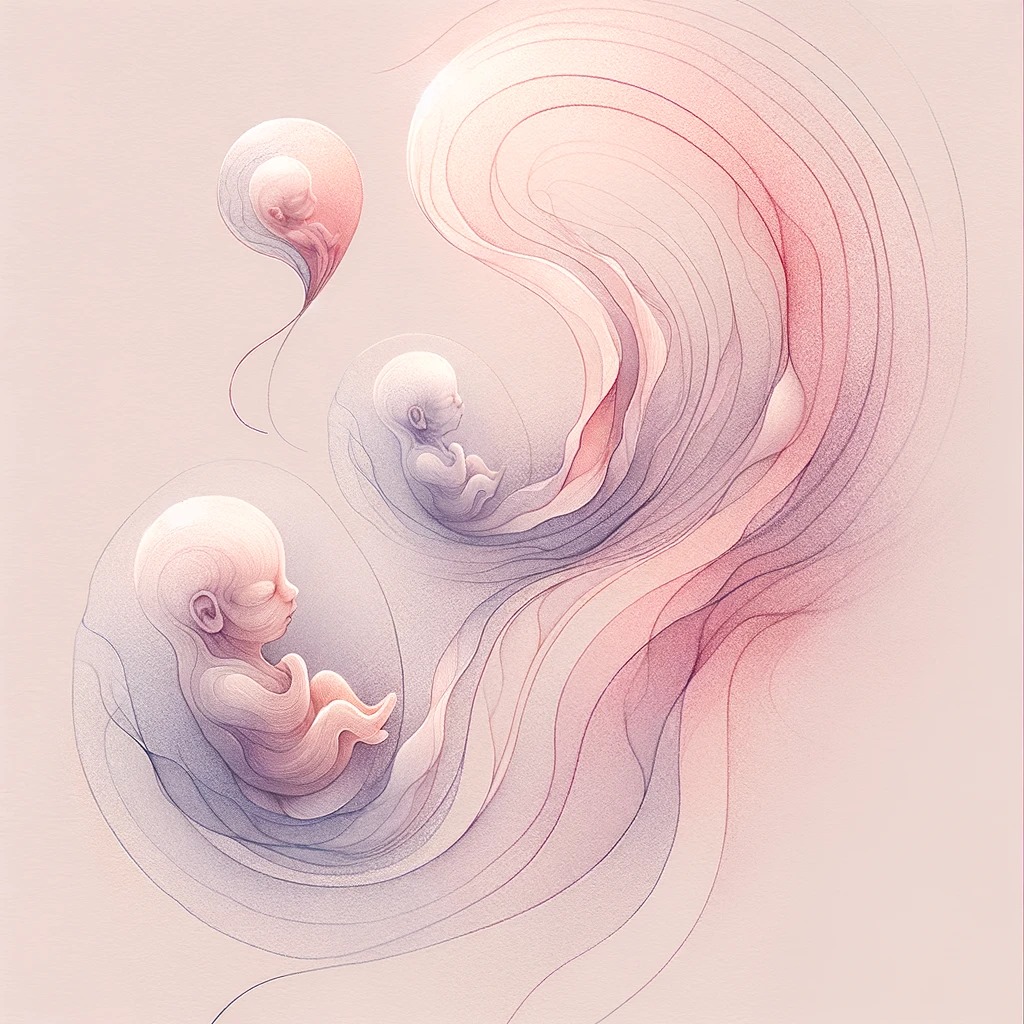The nine month duration of pregnancy is a fascinating journey of life beginning from a cluster of cells that develops into a completely formed, kicking and lively human baby at birth. These nine months are full of hectic activity inside the uterus and complex , new developments occur every week. Most women wonder how their baby looks at present in pregnancy and what all he/she may be capable of doing at the moment. Let’s begin this trip down the pregnancy lane together to trace the timeline for the development of your baby.
The entire duration of pregnancy is divided into three trimesters of approximately 12-13 weeks each. The first trimester is counted till the end of 12th week, the second trimester extends from the 13th to 26th week and the third trimester is from the 27th week till the end of pregnancy.
Foetal development in the first trimester
The duration of pregnancy is counted from the first day of the last menstrual period but in fact , the actual process of fertilisation takes place only by the end of the second week after menstruation and the fertilised egg, that forms the zygote, then moves from the fallopian tube to be implanted into the uterus by the end of the third week. The neural tube closes in the 6th week and the development of the brain and spinal cord begin from this neural tube.The heartbeat is noticeable by the 6th week and the limb buds also appear around this time. In the 7th week, the head and face begin to develop. By the 8th week , the fingers and toes begin to form and the baby can flex the arms at the elbows & wrists by the weeks 9th to 10th. Thus the baby may already be making movements visible on an ultrasound scan in 9th week but it will be several weeks before you can actually feel these movements physically. Be patient, the fruits of patience are really sweet.
By the time your pregnancy reaches 10 weeks, almost all vital organs are already formed and they start to function. This also marks the end of the embryonic period for the baby who will henceforth be called a fetus.
Rapid growth and development continue in the weeks 11 & 12 and folds and ridges begin to form in the brain. The fingernails and toenails appear now and the kidneys begin their function of producing urine. The baby actually swallows the amniotic fluid and excretes the same as urine into the amniotic sac, thus again producing amniotic fluid. As such, by the end of this first trimester, the baby, who was only a ball of cells a few weeks back, now begins to look almost human.
Foetal development in the second trimester
The second trimester is an exciting time as your nausea and giddiness subsides and you can begin to enjoy your pregnancy. The baby’s rapid transformation continues and the eyelids fuse over the eyes by week 13th . The baby may show movements like putting a thumb to the mouth but the suckling muscles are not yet developed. Soft, downy hair , called lanugo appear by the 14th week and the baby’s thyroid gland starts to function now. The baby’s sex also becomes apparent in the 14th or 15th week of pregnancy . Scalp hair pattern is developing now and the development and maturation of skeletal & muscular systems continues. The baby keeps making a lot of movements with head, mouth, hands, legs & feet. The baby is able to hold the head erect by the 16th week and the movement of facial muscles allows for a number of facial expressions eg. Frowning, squinting, eye movements etc. The ears have almost reached their final position on the side of head by now although they may still be a little low placed on the head.
The baby’s movements become more & more co-ordinated by 17th week and the baby maybe rolling over & flipping in the amniotic sac as well as making a range of other movements although they may still not be strong enough to be perceived by you. Around the 18th week, the developing bones of the middle & internal ear enable the baby to hear the sounds such as your heartbeat and may even be startled by loud noises.The eyes are also developing now & may detect a beam of light over the abdomen. In the 18th & 19th week, the bones begin to harden & ossify and a cheesy protective coating called vernix , develops over the skin.
The 20th week marks the halfway milestone of pregnancy and the baby now weighs almost 312 grams and is about 6.3 inches long from crown to rump. Your baby is now regularly sleeping & waking and maybe awakened by loud noises. This is also the time when you may begin to feel flutterings of baby movements , called ‘Quickening’ . This is the most magical moment of pregnancy when you can actually feel the movement of a life growing inside you and it makes the emotion of motherhood all that more tangible.
Through the 21st and 22nd weeks, growth & maturation of various sense organs continues and it gives a whole new dimension for the baby to explore. The taste buds develop and the baby can now feel the sensation of touch. Your baby is having a gala time now by feeling and touching the face, or sucking the thumb or feeling the other body parts and seeing how they move. A whole new world of exploration and adventure has opened for the baby !
By the week 23rd or 24th, the fingerprints and footprints start to form and the baby moves the muscles of the arms, toes, legs such that you are able to feel more forceful movements now. These get stronger with time so that by the eighth month, you may feel some really heavy duty kicks & punches inside your abdomen. This is also the time when the baby’s lung begin to produce an important substance called surfactant that prevents the lungs from collapsing when the baby is born & thus helps in respiration. Now is the time to brush up on your lullabies and baby talk as the baby may hear your voice and respond to it by the 25th or 26th week. The baby weighs about 907 grams at this stage that marks the end of second trimester.
Foetal development in the third trimester
This is the final stage in the baby’s developmental process and is associated with continued growth & maturation of various organs of the body. However, most of the basic development of vital organs is done by now so that if by chance, a baby is delivered at this stage, i.e around 27th or 28th week, he/she is likely to survive well in a good nursery facility and has a good chance of survival; although of course, every week inside the uterus adds immensely to the baby’s strength and capacity to survive after birth and all efforts are made by the medical team to carry the pregnancy till term as far as possible.
The brain & neurological development continues and there is fat deposition under the skin so that the baby gradually gains a chubby, plump appearance by the 30th week instead of the lean and wrinkly skin that was present till now. The fat also helps in regulation of body temperature and keeps the baby warm after birth. The baby kicks, stretches and also delivers some good hard punches by now and it is important to keep a track of the baby’s movements from this stage. You should be able to feel at least 10-12 movements in a couple of hours after meals & any significant decrease in the movements should be promptly notified to your medical team.
Before birth, inside the uterus, the baby receives all the oxygen he/she needs from the mother through the umbilical cord, hence there is no actual respiration happening inside the uterus. However, by the 30th– 32nd week, the baby begins the preparation for breathing movements after birth by repeatedly moving the diaphragm. The baby may also get hiccups which may be perceived by you as regular twitches.
The baby’s brain & neurological system are developing fast & the baby learns actively about the uterine environment by listening, feeling and even seeing to some extent. The baby’s eyes can respond to light and the pupils dilate or shrink. In this duration, ie around the 33rd week, the baby sleeps a lot and the Rapid Eye Movements ( REM ) associated with dreams can be noticed now. He/she is already dreaming about the future ( or past. Who knows !)
Over the next few weeks , the baby takes the position for delivery ( whether head first or buttocks first) and gains weight rapidly. Muscle co-ordination improves and movements are more refined. You may not feel as many movements as before by the time you reach the 37th or 38th week because the increasing size of the baby makes it a little difficult to move freely in the limited space but the movements are more forceful. By the end of pregnancy, the baby may weigh 2,900 grams to about 3,200 grams, depending upon the ethnicity, body constitution and a number of other factors.
Well, your bundle of joy is now almost ready to come out into the world and the preparations for delivery and the baby’s arrival should be all done before the ninth month begins. But don’t get anxious if your due date comes and goes and there are no signs of labour. Only about 4% women deliver on their due date and the arrival of the baby may actually happen upto a couple of weeks after the due date in some women. So keep your fingers crossed and be ready to welcome your perfect baby anytime now.


